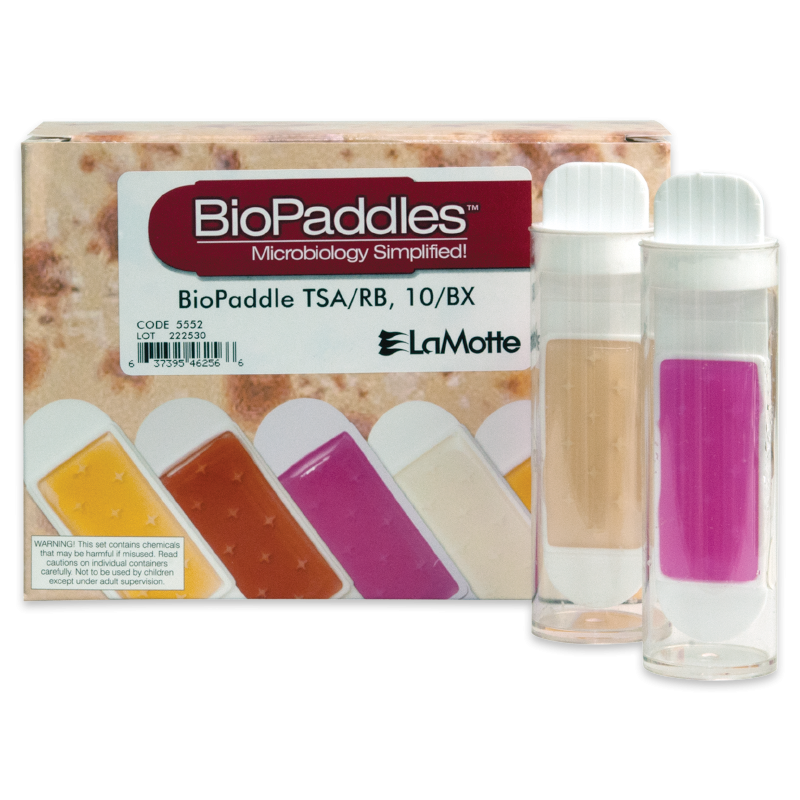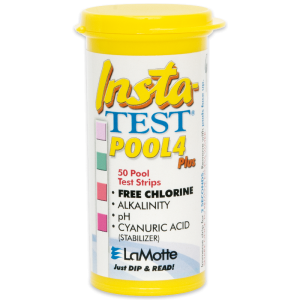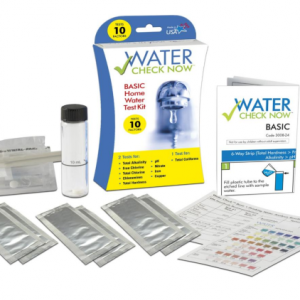FEATURES
Tryptic Soy Agar (TSA)
In 1955, Leavitt et al. discovered that Tryptic Soy Agar facilitated vigorous growth of aerobic and anaerobic microorganisms. This is an enriched media, suitable to support fastidious heterotrophs.
Rose Bengal Chloramphenicol Agar (RB)
Selective medium for the enumeration of fungi. This formula is prepared with a neutral pH and supplemented with chloramphenicol as the selective agent in fungal medium. RB Agar is also referr
Application
Tryptic Soy Agar is recommended in multiple water & wastewater applications, and numerous standard methods for food testing. TSA is commonly used as a maintenance medium for culture collections and testing bacterial contaminants in cosmetics. Rose Bengal Chloramphenicol Agar is recommended in Standard Methods for the Examination of Water and Wastewater for the enumeration of yeasts and molds from foods and water.
SPECIFICATIONS
BioPaddles® – Tryptic Soy Agar (TSA) & Rose Bengal Chloramphenicol Agar (RB)
Culture Controls
10-100 inoculum (CFU)
Storage/Expiration
Store tightly sealed BioPaddles® in a cool, dry location. Shield from direct sunlight. Store BioPaddles® at room temperature (65 to 77°F/18 to 25°C). Avoid sudden temperature changes. Temperature fluctuations may result in condensation settling at the bottom of the vial. This will not affect the culture properties, but could reduce the shelf-life or cause the agar to separate from the plastic paddle support. Do not refrigerate. Refrigeration may result in water condensation. Avoid freezing. If freezing occurs, thaw for 3-6 hours in the refrigerator (40°F; 4.4°C). Freezing can promote excess water loss and variation in media surface due to crystal formation. Refer to Best Before End date (See: BBE stamped on vial). Discard if paddle agar appears oxidized and darker than the expected color or if contaminants appear. The expiration date is based on medium in an intact container that is stored as directed.
Sampling
Liquids: Twist to remove paddle from vial. Fill vial to 40 mL fill line with the liquid to be sampled. The 40 mL volume can be used to calculate Total Viable Count (TVC) and/or Total Colony Count (TCC). Replace paddle. Allow a contact time of 15 seconds. Remove the paddle. Empty the vial. Replace the paddle in the vial.
Surfaces: Twist to remove paddle from vial. Allow the paddle surface (10 cm2) to come into physical contact with the test surface. Recovery rate is about 50%. To ensure an accurate recovery, gently sweep (or touch) the paddle to cover a 20 cm2 area. Replace paddle in vial.
Incubation
Incubate at 30 – 35°C for 24-48 hours. Growth will be present on the TSA agar, as it is enriched and non-selective. Growth may or may not be present on the Rose Bengal agar after this brief period as it is selective for yeasts and molds which tend to like cooler temperatures and grow more slowly in general. For this reason, re-incubate and check again after 2 to 4 days.
Colony Measuring
Each BioPaddles® paddle has molded media attachment points that are 4mm in length (point-to-point). This feature provides a useful guidepost to estimating nearby colony size.
Disposal
Twist to remove paddle from vial. Fill vial to 40 mL fill line with 1:9 dilution of household bleach (5.25% sodium hypochlorite). Replace paddle in vial. Allow 15 minute contact time. Remove paddle. Discard bleach solution. Replace paddle in vial and dispose. Alternatively, loosen cap and microwave for 30 seconds, autoclave, or incinerate.
Ship Code: (NH) Non-Hazardous Material – No Fees Applicable




